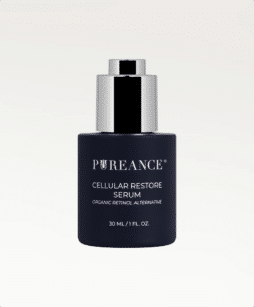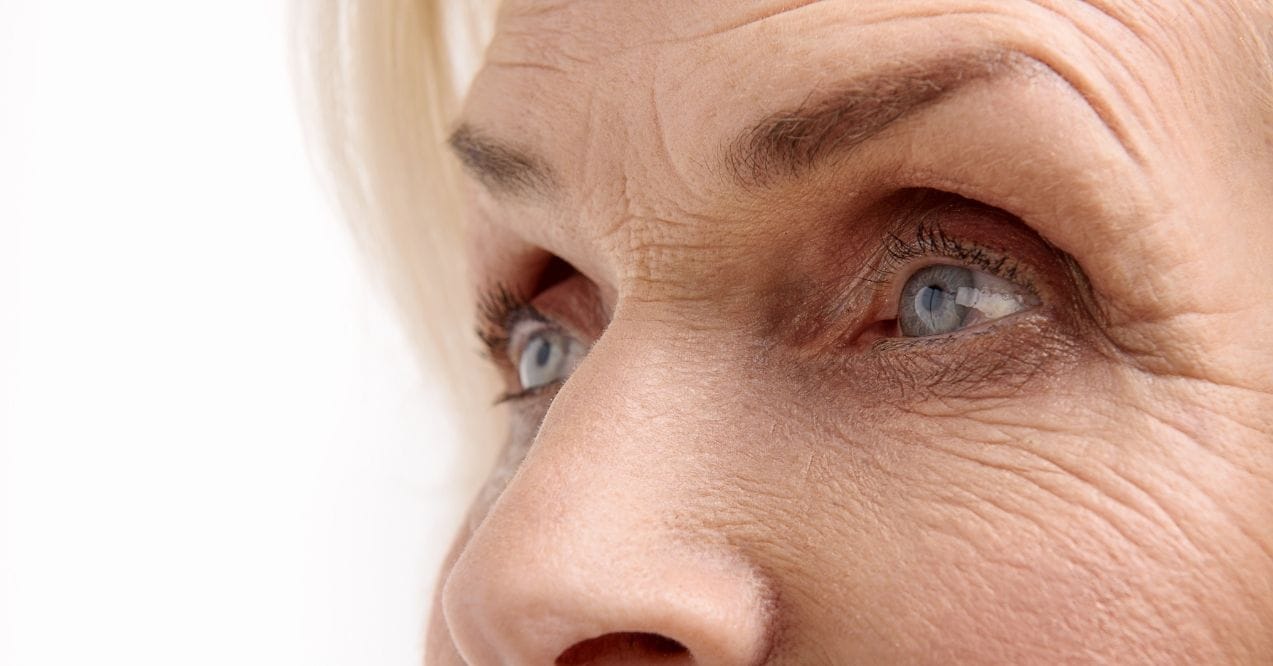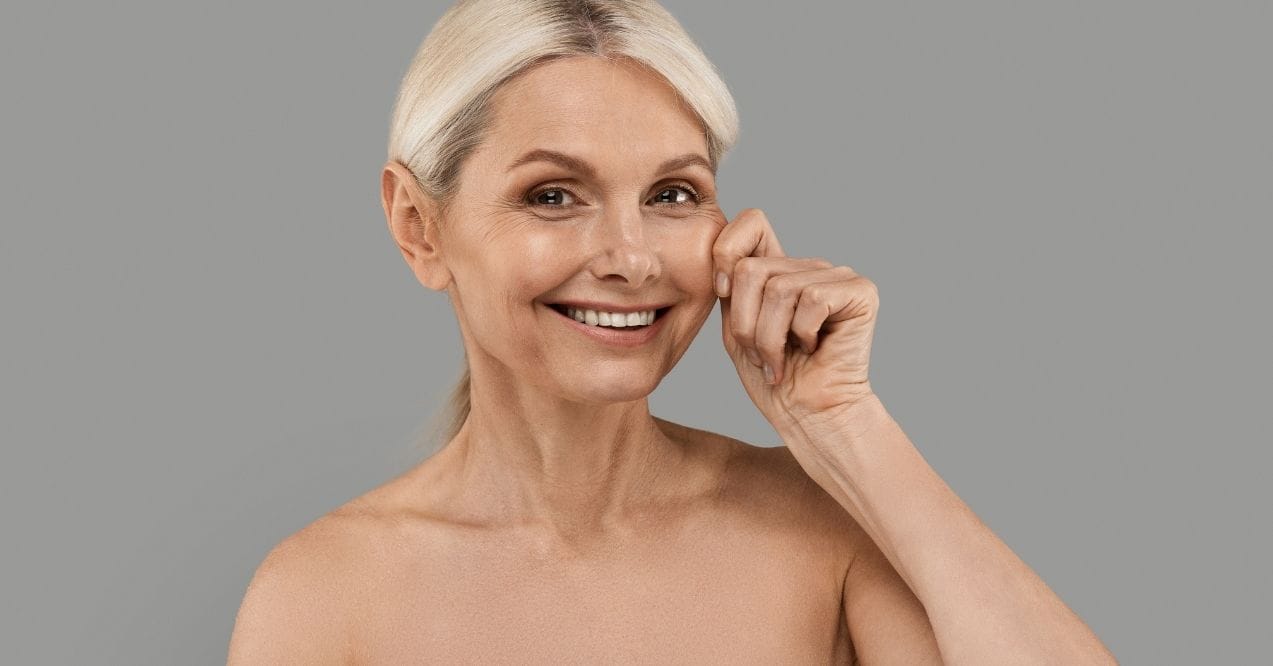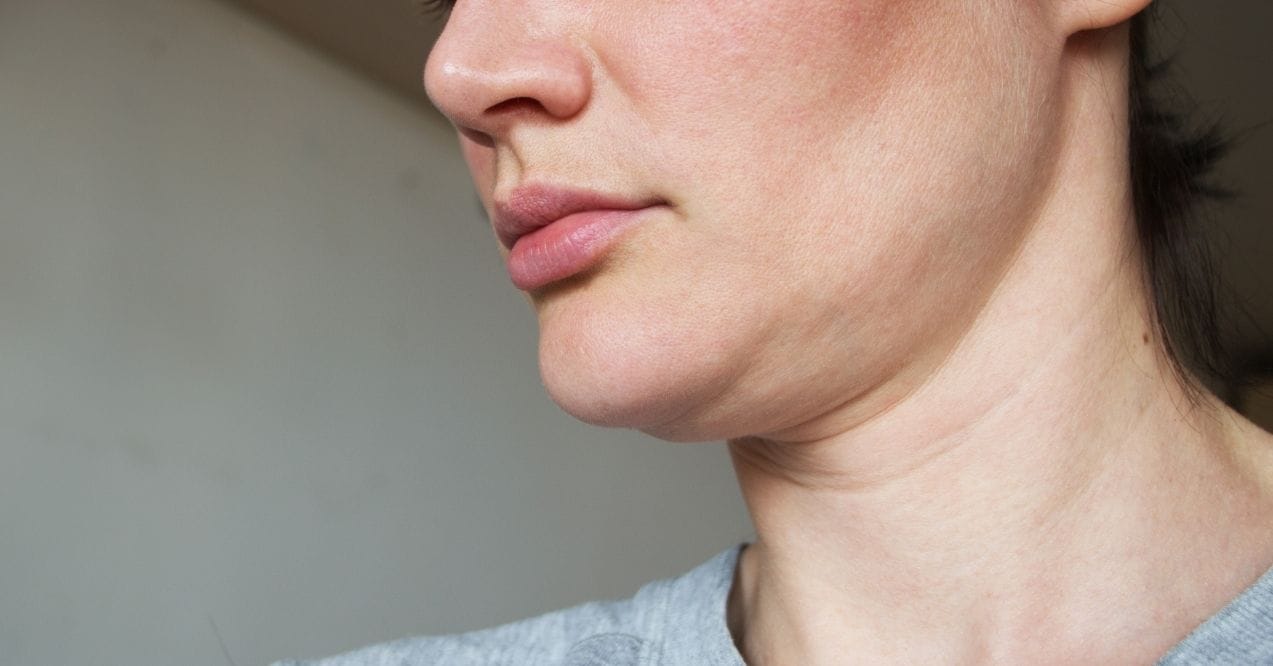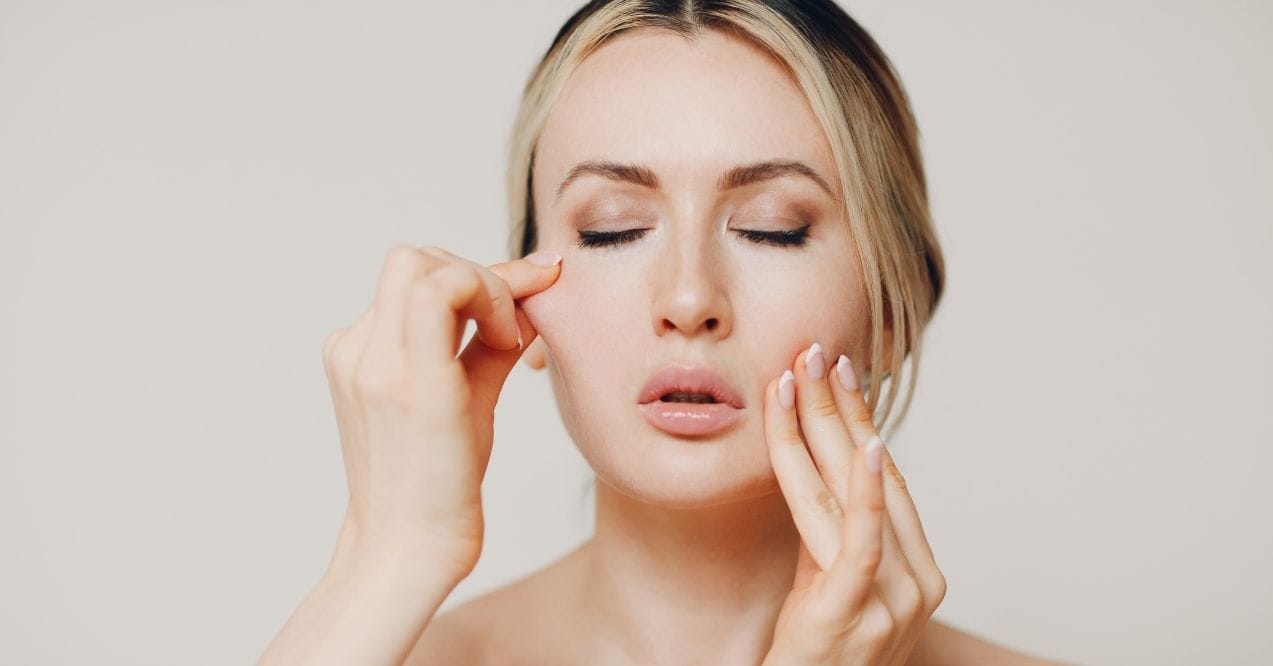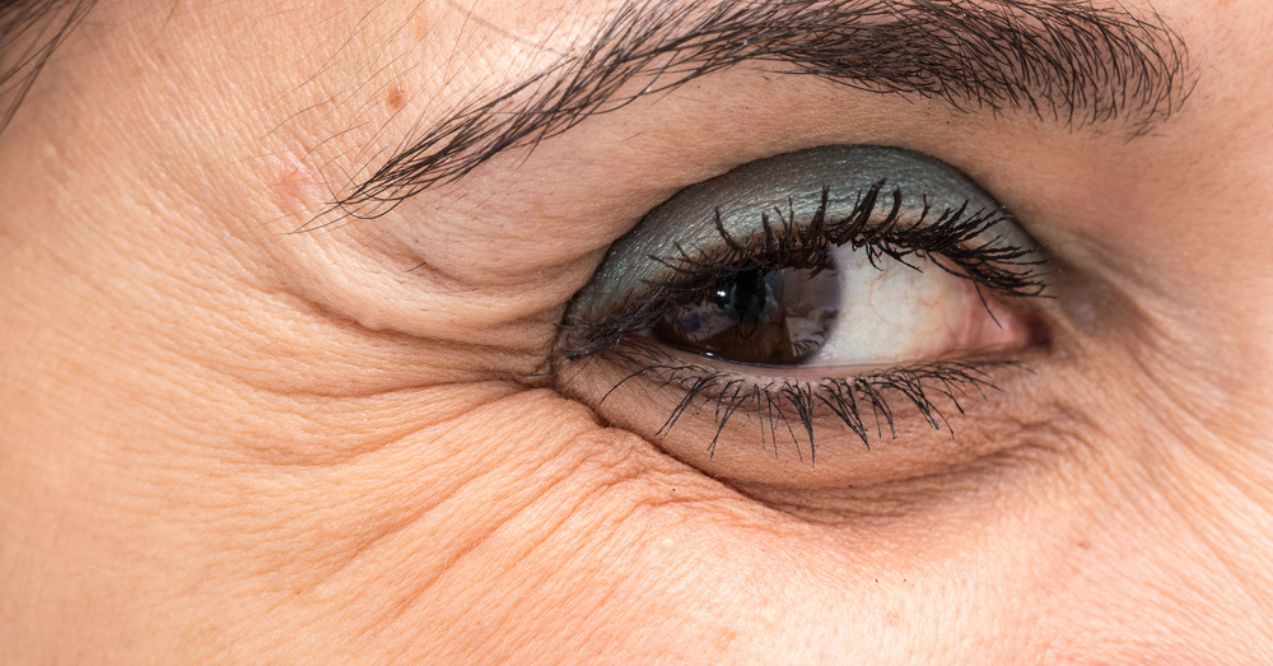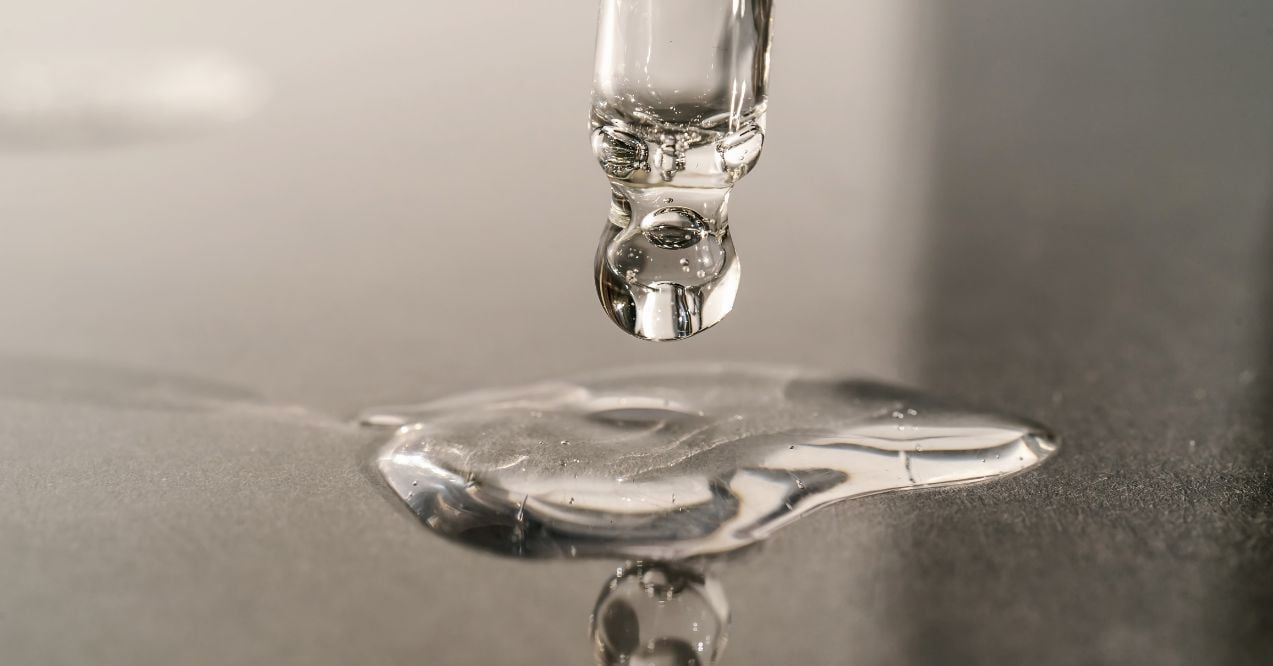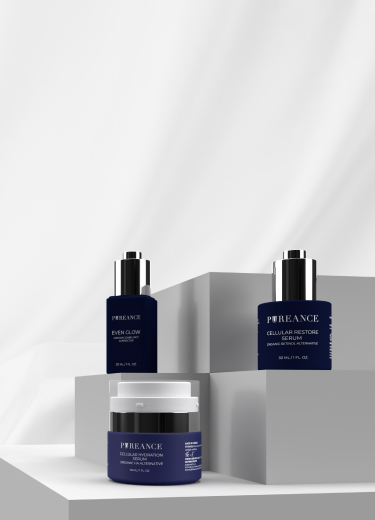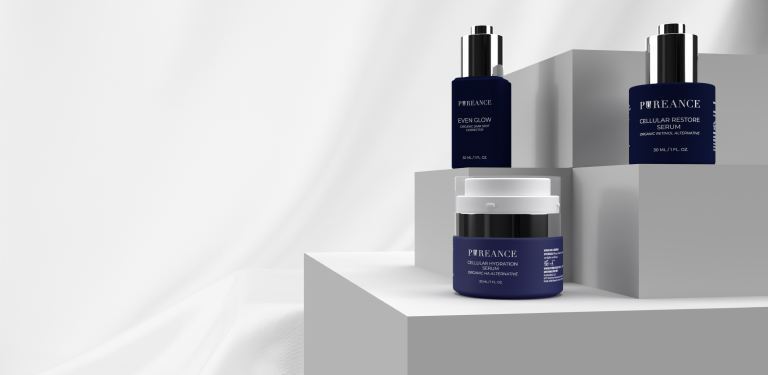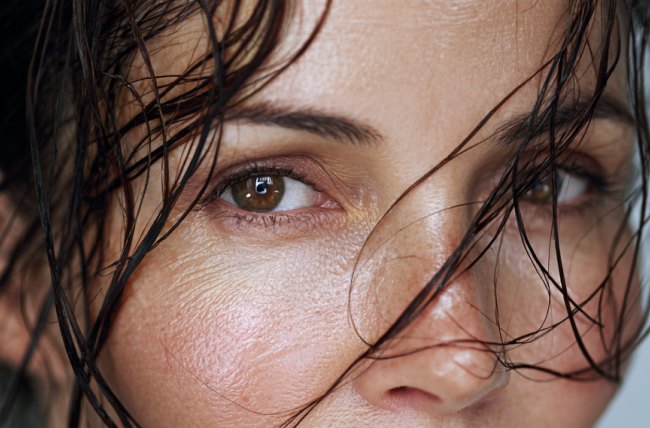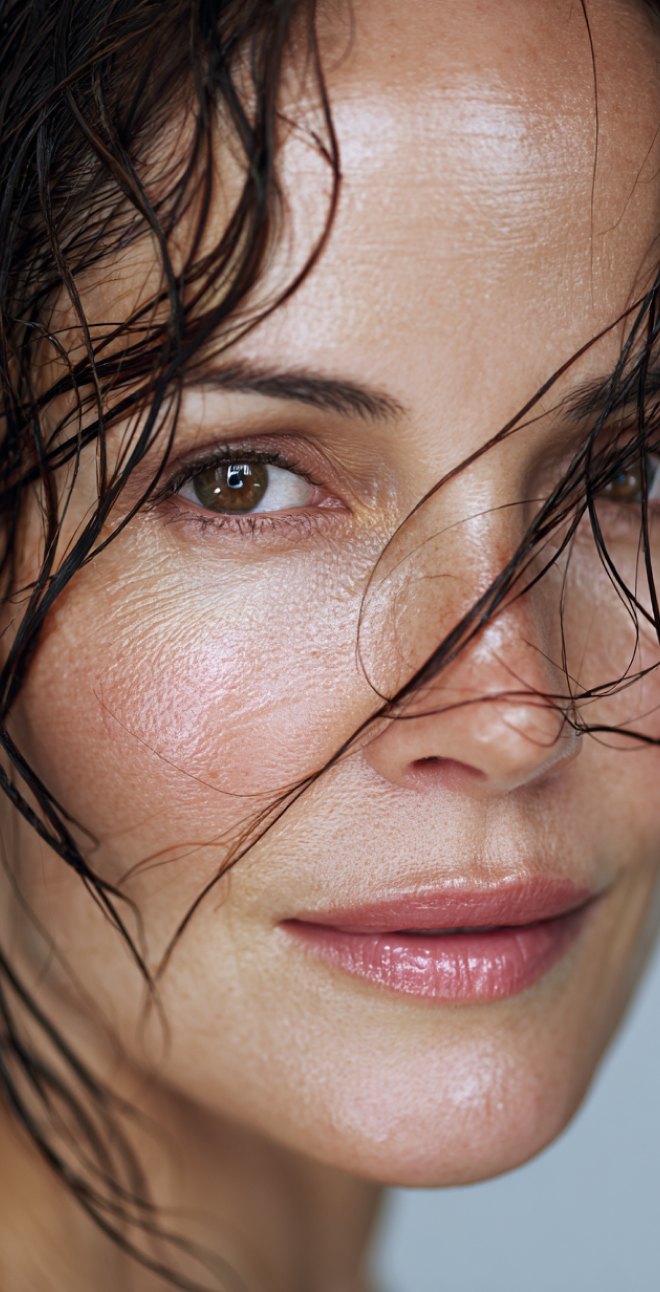


What Vitamin Deficiency Causes Sagging Skin?
Have you noticed your skin doesn’t seem as firm as it once was? While looking in the mirror, you might wonder if those subtle changes in elasticity are simply part of getting older or if something else is at play. The truth is, what vitamin deficiency causes sagging skin is a question many women with mature skin ask themselves.
While aging is natural, sagging skin face concerns can often be linked to specific nutritional gaps in your diet. In this guide, we’ll explore the essential vitamins your skin needs to maintain its firmness and natural bounce.
Key Article Findings
- Vitamin C deficiency most significantly impacts skin firmness by reducing essential collagen production.
- Five key nutrients (vitamins C, E, A, omega-3s, zinc) work together to maintain skin elasticity.
- Visible improvements begin within 2-4 weeks, with significant firmness restoration by 6 months.
How Vitamin Deficiencies Contribute to Sagging Skin
Understanding what vitamin deficiency causes sagging skin starts with knowing how your skin maintains its firmness. Your skin relies on a complex network of nutrients to stay resilient and youthful. When these essential building blocks are missing, the effects become visible on your skin’s surface.
The Role of Vitamins in Skin Elasticity
Vitamins play a crucial role as the building blocks for healthy, firm skin. They support the production of collagen and elastin – two proteins that give skin its structure and ability to bounce back. Collagen provides strength and firmness, while elastin allows skin to stretch and return to its original position.
Certain vitamins act as catalysts for collagen synthesis, helping your body create new collagen fibers to replace those that break down over time. Others support your skin’s moisture barrier, maintaining hydration that’s essential for plump, firm-looking skin. Without these vitamins for sagging skin, the repair and regeneration processes slow down significantly.
Signs of Vitamin Deficiency in Skin
Distinguishing between vitamin-related sagging and natural aging can be challenging, but there are telltale differences. Vitamin-deficient skin often shows uneven sagging patterns and may appear thinner than skin that’s simply maturing with age.
Signs that suggest vitamins for sagging skin are lacking:
- Unusual dryness that persists despite moisturizing
- A persistent dull complexion that lacks radiance
- Slower healing of minor scrapes or cuts
- Sudden appearance of fine lines
- Uneven skin texture or tone
- Loss of natural glow or vitality
- Increased sensitivity
5 Essential Vitamins for Skin Tightening & Firmness
When looking for solutions to sagging skin, understanding what vitamins tighten skin can make a significant difference in your skincare routine. These nutrients work from within to support your skin’s structure and help maintain its youthful appearance. Let’s explore the top five vitamins for skin tightening that can help restore firmness to mature skin.
1. Vitamin C
Vitamin C is perhaps the most effective of all vitamins that tighten skin. It plays a star role in collagen production – the protein that gives your skin its structure and bounce. When your body lacks sufficient vitamin C, collagen synthesis slows dramatically, leading to skin that appears loose and less firm.
Signs of vitamin C deficiency often show up as skin that looks dull and tired, with increased fragility and noticeable sagging, particularly around the cheeks and jawline. To boost your levels naturally, incorporate citrus fruits like oranges and grapefruits, bell peppers, strawberries, kiwi, and leafy greens like kale into your daily meals.
2. Vitamin E
Vitamin E works as your skin’s natural defender against environmental damage. This powerful antioxidant fights oxidative stress – a major contributor to skin sagging and premature aging. It helps maintain skin resilience by protecting cell membranes and supporting skin’s natural repair processes.
When vitamin E levels are low, you might notice premature wrinkles, rougher skin texture, and poor healing after minor injuries. Excellent dietary sources include almonds, sunflower seeds, avocados, olive oil, and wheat germ. These foods deliver the vitamin E your skin needs to stay flexible and resilient.
3. Vitamin A
Among vitamins to tighten skin, vitamin A stands out for its ability to accelerate skin renewal and support repair. This nutrient comes in two forms: retinoids (from animal sources) and carotenoids like beta-carotene (from plants), which your body converts to vitamin A.
Deficiency often manifests as dry, thinning skin with notable loss of elasticity. To boost your vitamin A intake, enjoy bright orange and yellow vegetables like sweet potatoes, carrots, and butternut squash, which are rich in beta-carotene. Eggs and spinach also provide excellent vitamin A support for your skin
4. Omega-3 Fatty Acids
While technically not vitamins, omega-3 fatty acids are essential nutrients that prevent sagging by strengthening your skin’s moisture barrier. They help skin cells hold onto water, keeping your complexion plump and firm, while also reducing inflammation that can break down collagen.
When omega-3s are lacking, skin often becomes dry, irritated, and more prone to sagging. Incorporate fatty fish like salmon and mackerel, walnuts, flaxseeds, and chia seeds into your diet to support your skin’s structure from within.
5. Zinc
Zinc is a mineral that works alongside vitamins for skin tightening to help synthesize collagen and heal damaged skin. It supports cell division and growth, which are necessary for maintaining firm, healthy skin.
Signs of zinc deficiency include slow wound healing, loose or thinning skin, and a dull complexion. Excellent sources include pumpkin seeds, oysters and other shellfish, chickpeas, and lentils – all of which provide this important skin-supporting mineral.
How to Restore Vitamin Levels for Firmer Skin
Replenishing your vitamin levels isn’t an overnight process, but with consistency, you can support your skin’s natural firmness. Let’s look at the most effective approaches to restore these essential nutrients and how to get the best results.
Diet vs. Supplements
Getting vitamins from food should be your first strategy, as natural sources often provide better absorption and complementary nutrients that work together. However, supplements can be valuable allies:
- Food source – Your body typically absorbs vitamins from whole foods more efficiently because they contain cofactors that enhance utilization.
- Supplement timing – Take fat-soluble vitamins (A, E) with meals containing healthy fats for better absorption.
How Long Does It Take to See Results?
Patience is key when learning how to tighten face skin naturally at home:
- 2-4 weeks – Initial improvements in skin hydration and subtle changes in texture become noticeable.
- 1-3 months – More significant improvements in elasticity and firmness as collagen production increases.
- 3-6 months – Substantial changes in overall skin structure and resilience when consistently maintaining optimal vitamin levels.
Lifestyle Habits
Supporting your vitamin intake with complementary habits maximizes benefits for your skin:
- Drinking adequate water helps transport nutrients to skin cells and supports the effectiveness of water-soluble vitamins.
- Your skin repairs itself during sleep, when vitamin utilization for regeneration is highest.
- Regular facial massage and exercise improve blood flow, delivering vitamins more effectively to skin tissues.
- Chronic stress depletes vitamin stores and contributes to what causes forehead wrinkles by increasing tension in facial muscles.
- Ultra-processed foods can interfere with nutrient absorption and create inflammation that counteracts vitamin benefits.
Conclusion
Understanding what vitamin deficiency causes sagging skin empowers you to take control of your skin’s firmness. By focusing on vitamin C, E, A, omega-3s, and zinc, you can support your skin’s natural structure from the inside out.
Remember that consistency is key – incorporate nutrient-rich foods into your daily routine, stay hydrated, and give your body time to show results. With patience and the right nutritional approach, you can help your skin maintain its natural resilience and youthful appearance for years to come.
Vitamin C deficiency impacts skin firmness most significantly since it’s essential for collagen production. When lacking vitamin C, your skin loses structure and elasticity, resulting in noticeable sagging, particularly around the cheeks and jawline.
While vitamins can’t completely reverse sagging skin, they can improve your skin’s appearance by supporting collagen production and elasticity. Consistent intake of vitamins C, E, A, omega-3s, and zinc helps maintain firmness and reduce the appearance of sagging.
Supplements aren’t absolutely necessary if you maintain a nutrient-rich diet. However, they can be valuable additions when dietary intake falls short. A combination approach of wholesome foods plus targeted supplements often provides the most comprehensive support for skin firmness.
Initial improvements in skin hydration appear within 2-4 weeks. More noticeable changes in elasticity develop after 1-3 months of consistent vitamin intake. Substantial improvements in overall skin structure typically require 3-6 months of maintaining optimal vitamin levels.
This site offers health, wellness, fitness and nutritional information and is designed for educational purposes only. You should not rely on this information as a substitute for, nor does it replace, professional medical advice, diagnosis, or treatment. If you have any concerns or questions about your health, you should always consult with a physician or other health-care professional. Do not disregard, avoid or delay obtaining medical or health related advice from your health-care professional because of something you may have read on this site. The use of any information provided on this site is solely at your own risk.
Nothing stated or posted on this site or available through any services are intended to be, and must not be taken to be, the practice of medical or counseling care. For purposes of this agreement, the practice of medicine and counseling includes, without limitation, psychiatry, psychology, psychotherapy, or providing health care treatment, instructions, diagnosis, prognosis or advice.
